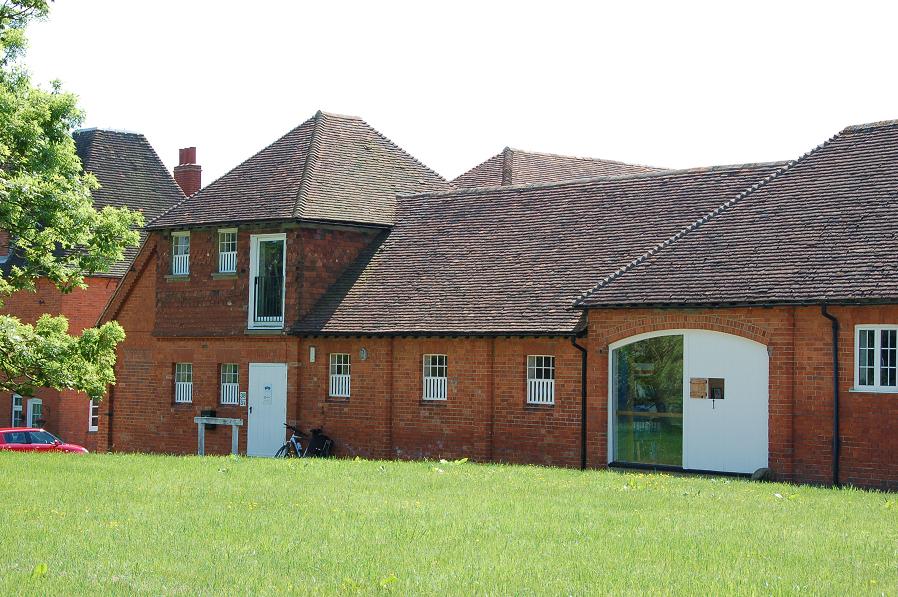Smiths Gore, the Kings Hill-based chartered surveyors and property consultants, believes 2014 will mark a watershed in the rural office market, following a major upturn in the level of enquiries and successful lettings.
In Kent, an estimated 58,000 sq ft of office space was let between January 2014 and April 2014, of which just under half were rural-based offices allowing companies to escape the traffic and parking problems associated with many of the county’s town centres.
Working for its rural estate clients, Smiths Gore has just let the 2,323 sq ft Tithe Barn at East Malling on behalf of East Malling Trust to Murdoch Wickham, a leading landscape design consultancy. It has also let 940sq ft at Lakeview Stables on the St Clere Estate near Kemsing, Sevenoaks, to Communication Design Partnership, a media company specialising in construction.
Lucy Winzer of Smiths Gore, said: “During the recession many companies inevitably downsized and took on smaller premises. It is now clear that with the economy returning to growth, and companies recruiting, many are now looking for larger premises.
“Since the start of the year we have seen a steady increase in demand for office suites between 800sq ft and 2,000sq ft, and rural locations, especially those served by a good broadband service, close to local shops and with good road connections, are proving very popular.”
“The cost of car parking, urban congestion, and the conversion of small offices back to residential in our town centres, is also driving companies to consider relocating to more rural premises.”
With growing demand for rural office space, supply will inevitably become limited, and Smiths Gore believes the time is now right for farmers and estate owners to consider converting existing premises to office accommodation.
Michael Wooldridge of Smiths Gore said: “With demand high, and with it now being easier to secure planning approval to convert redundant agricultural buildings into commercial uses, property owners are now be well placed to explore this option as a means of making buildings more economically viable.”






















